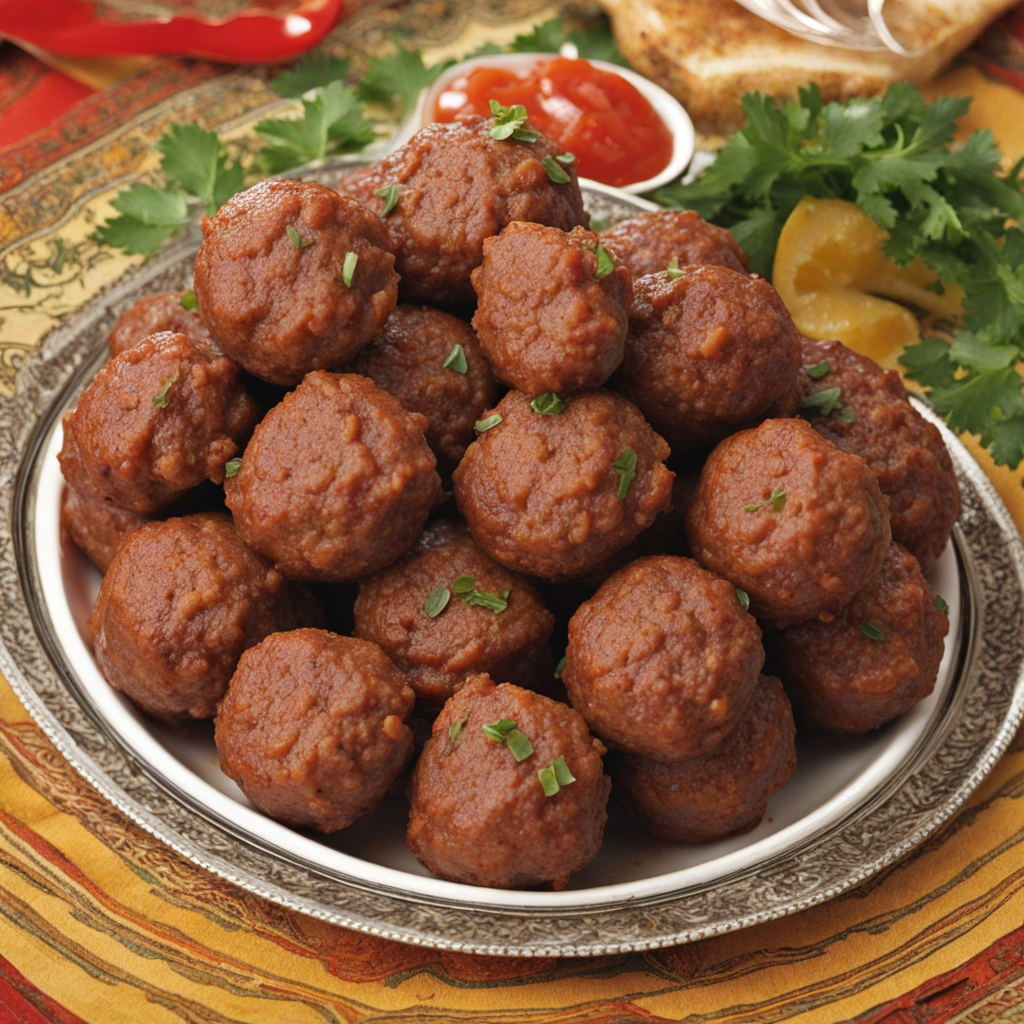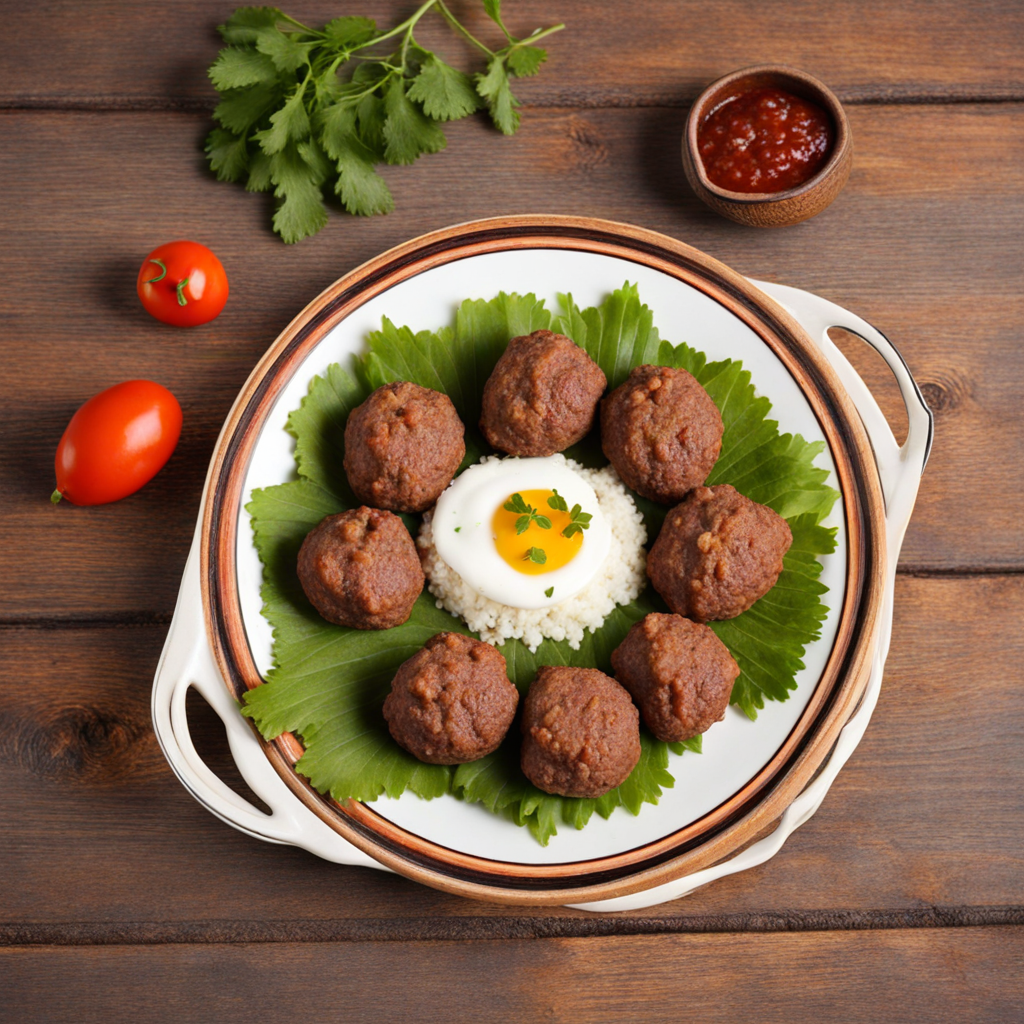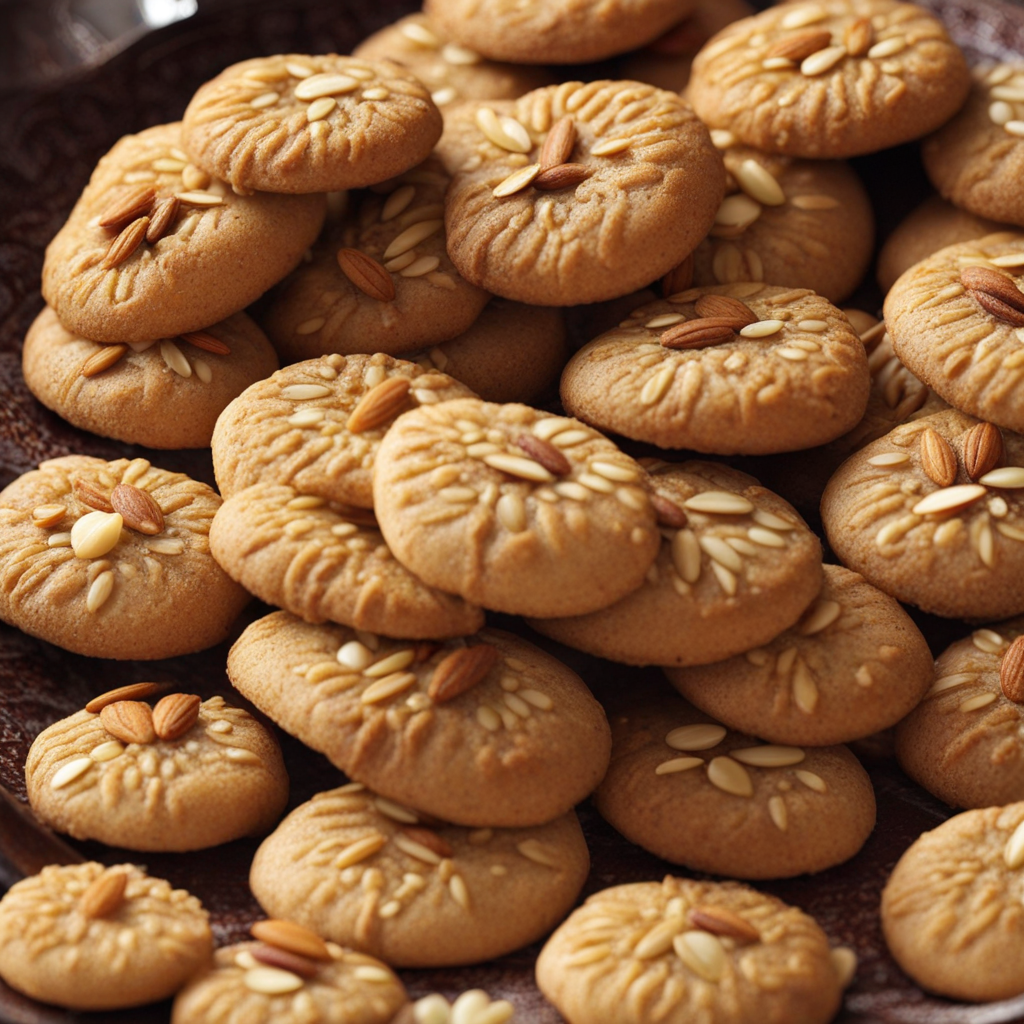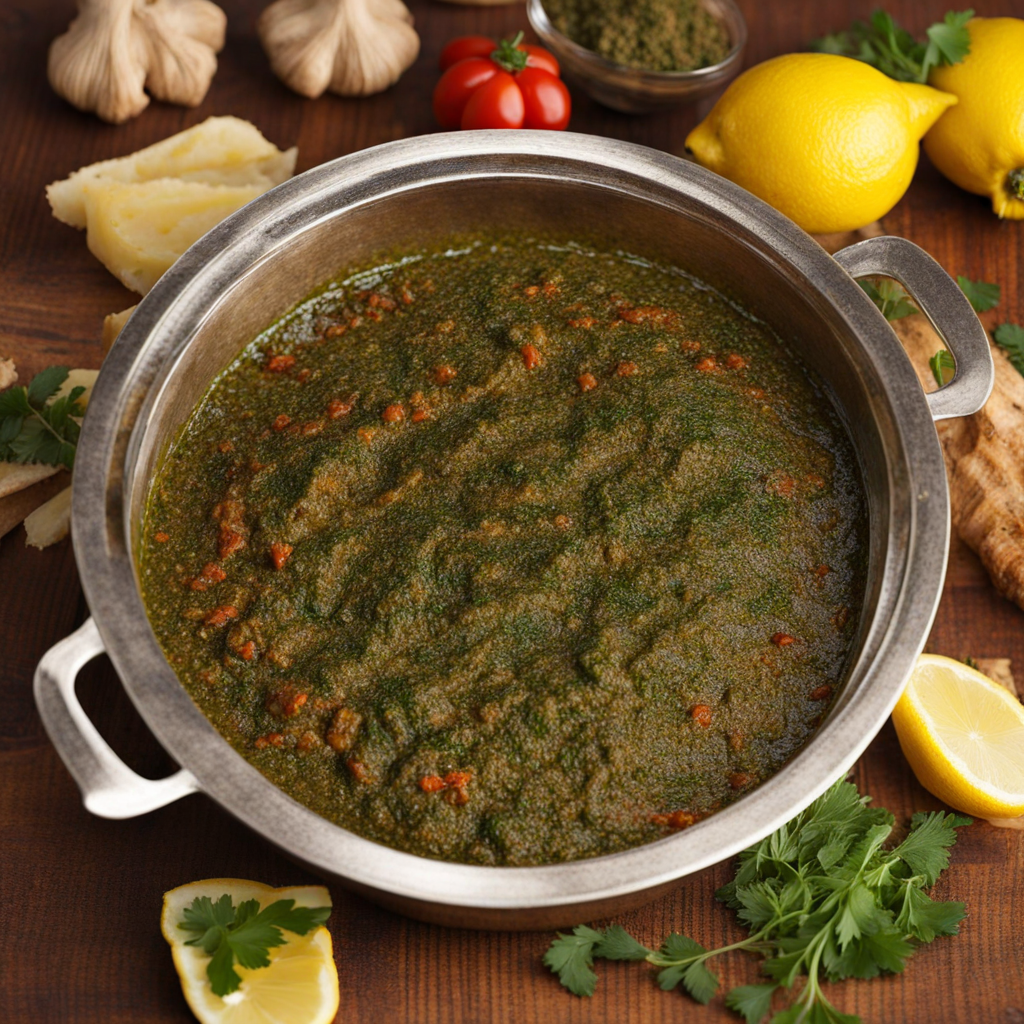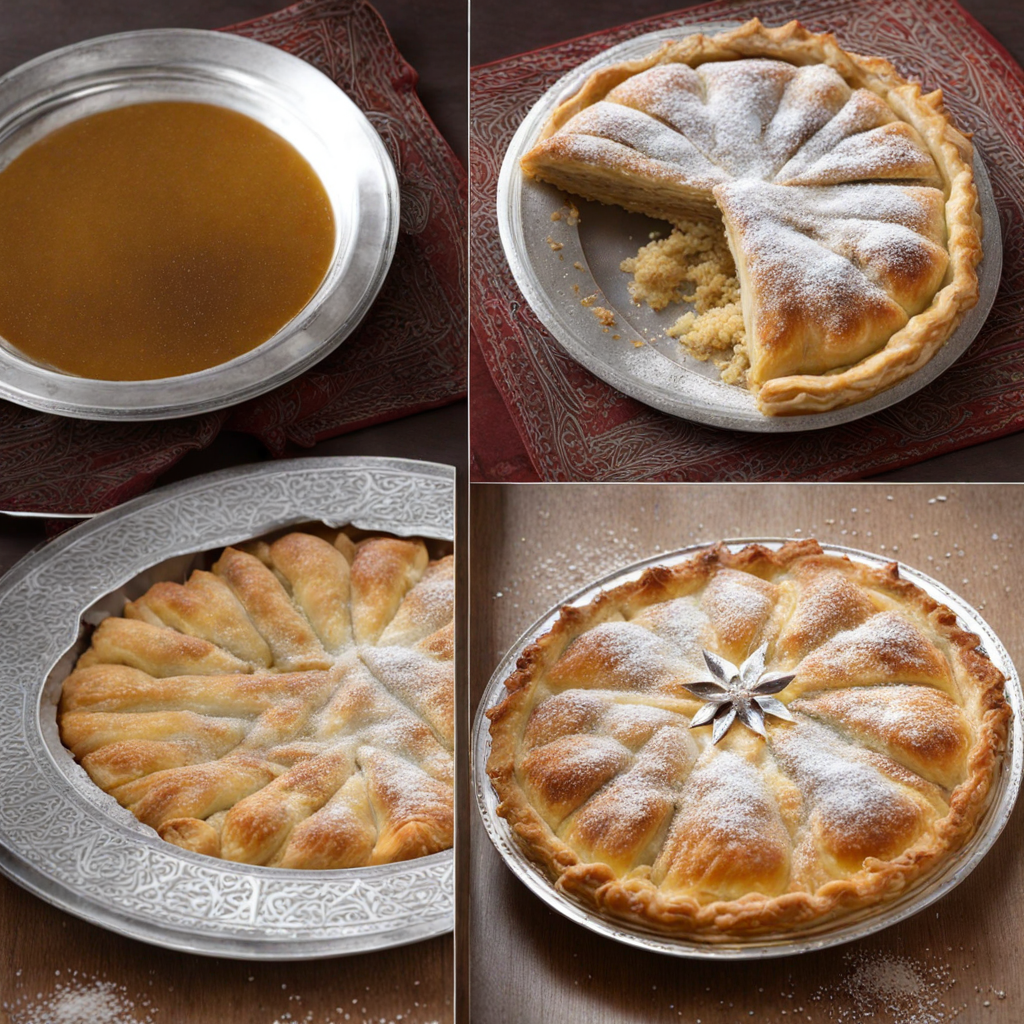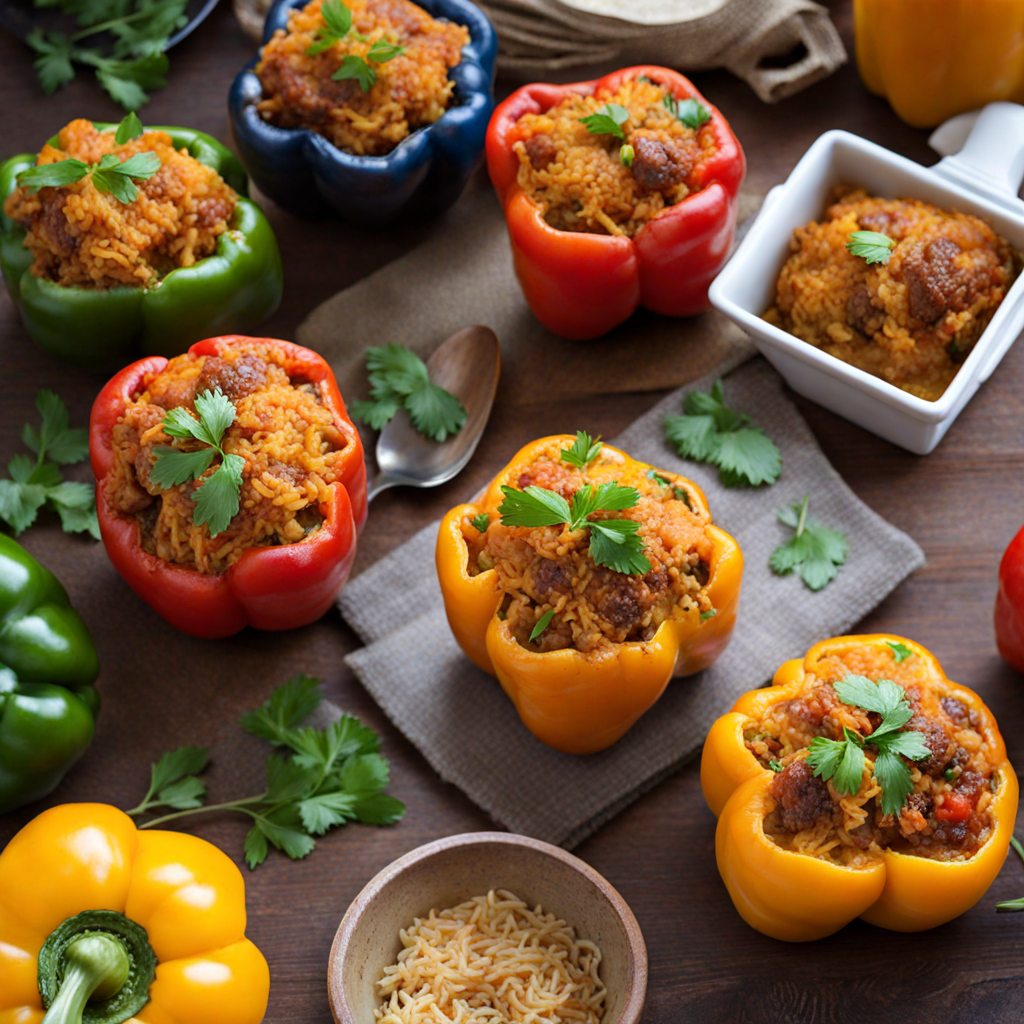Kefta
Kefta, also known as Moroccan meatballs, is a beloved dish that reflects the rich culinary heritage of Morocco. This dish has roots in the broader tradition of North African cuisine, which is characterized by its use of aromatic spices, fresh herbs, and vibrant flavors. The history of kefta can be traced back to the Moorish influence in Spain and the subsequent cultural exchanges between North Africa and Southern Europe. Over the centuries, kefta has evolved into a staple in Moroccan households, often served during family gatherings and special occasions. At its core, kefta consists of ground meat, typically beef or lamb, mixed with a variety of spices and herbs. The flavor profile of kefta is both aromatic and complex, thanks to the inclusion of spices such as cumin, coriander, paprika, and cinnamon. This unique blend creates a savory depth that is further enhanced by the addition of fresh parsley and cilantro, which lend a bright, herbaceous note to the dish. The result is a harmonious balance of flavors that is both comforting and exciting to the palate. The preparation of kefta is relatively straightforward, making it an accessible dish for home cooks. To begin, the ground meat is combined with finely chopped onions, garlic, and the aforementioned spices in a large mixing bowl. This mixture is then kneaded by hand to ensure that the flavors meld together. Once well combined, the meat is shaped into small balls or patties, typically about the size of a golf ball. Kefta can be grilled,
How It Became This Dish
The History of كفتة (Kofta) in Morocco Kofta, a term that evokes images of succulent meatball dishes, has carved a significant niche in the culinary tapestry of Morocco. The origins of kofta can be traced back thousands of years, with its roots deeply embedded in the historical crossroads of trade, culture, and migration that characterize the Mediterranean region and North Africa. #### Origins of Kofta The word "kofta" itself is derived from the Persian word "kufta," which means "to grind." This etymology reflects the method of preparation that is fundamental to this dish—ground or minced meat mixed with spices and other ingredients. While kofta has a rich history across various cultures, it is believed to have been introduced to North Africa through the influence of Persian, Turkish, and Arab cuisines. In ancient times, the Berber tribes of North Africa were known for their pastoral lifestyle, relying heavily on livestock for sustenance. As the Moors expanded their influence into Spain and the Mediterranean, they brought with them their culinary traditions, including variations of kofta. The dish evolved as it absorbed local ingredients and flavors, resulting in the unique Moroccan version we know today. #### Cultural Significance In Moroccan culture, food is much more than sustenance; it is a means of connection, celebration, and identity. Kofta plays a significant role in family gatherings, holidays, and communal meals. It is often served during festive occasions like weddings, Eid celebrations, and religious gatherings, symbolizing hospitality and generosity. The act of sharing a meal of kofta with family and friends embodies the Moroccan spirit of togetherness. Kofta is also representative of the Moroccan approach to cooking, which emphasizes fresh, local ingredients and a harmonious blend of spices. The typical Moroccan spice mix, known as "ras el hanout," often finds its way into kofta recipes, imbuing the dish with aromatic and complex flavors. This blend can include ingredients like cumin, coriander, cinnamon, and paprika, reflecting the diverse influences that have shaped Moroccan cuisine over the centuries. #### Development Over Time Throughout the years, kofta in Morocco has undergone significant transformations, adapting to regional variations and evolving culinary trends. Traditionally, Moroccan kofta is made from ground lamb or beef, seasoned with garlic, herbs, and spices. The mixture is often shaped into small balls or patties, which can be grilled, baked, or cooked in a sauce. One of the most popular forms of Moroccan kofta is "kebabs," where the meat is shaped onto skewers and grilled over an open flame. Street vendors often sell these kebabs, making them a favorite among locals and tourists alike. The preparation of kofta can vary greatly from region to region, with coastal areas favoring fish kofta, while inland areas may lean towards the more traditional meat-based varieties. As Moroccan cuisine has gained international acclaim, kofta has also found its way into the global culinary scene. Chefs and home cooks around the world have embraced kofta, adapting it to suit local tastes and ingredients. This globalization has led to innovative interpretations, such as kofta tacos or kofta sliders, which maintain the essence of the original dish while introducing new flavors and presentations. #### Modern Interpretations In contemporary Moroccan society, kofta remains a beloved dish that reflects both tradition and innovation. Chefs in high-end restaurants often experiment with gourmet versions, incorporating modern techniques and unexpected ingredients. For instance, kofta might be served in a fusion dish, paired with couscous and a drizzle of tangy harissa sauce, showcasing the versatility of this age-old recipe. Despite these modern adaptations, the heart of kofta remains unchanged. It continues to serve as a symbol of Moroccan culture, representing the warmth of hospitality and the importance of communal dining. Families often gather to prepare kofta together, passing down recipes and techniques from one generation to the next. This practice not only fosters a sense of belonging but also preserves the rich culinary heritage of Morocco. #### Kofta in the Global Context As Moroccan cuisine has gained popularity beyond its borders, kofta has become a representation of North African flavors on the global stage. Food enthusiasts and chefs worldwide have embraced kofta, incorporating it into their menus while celebrating its rich history. Middle Eastern and Mediterranean restaurants frequently feature kofta dishes, showcasing the versatility of the meatball concept. In the United States and Europe, food festivals and cultural events often highlight international cuisines, with kofta standing out as a beloved dish among many. Street food markets and food trucks have also played a significant role in popularizing kofta, making it accessible to a broader audience. This global appreciation has led to a revival of interest in traditional cooking methods and a renewed focus on the importance of sourcing quality ingredients. #### Conclusion The history of kofta in Morocco is a captivating tale of cultural exchange, adaptation, and evolution. From its ancient origins to its modern interpretations, kofta has maintained its place as a beloved dish that embodies the warmth of Moroccan hospitality and the richness of its culinary heritage. As it continues to evolve and find new expressions around the world, kofta remains a delicious reminder of the interconnectedness of food, culture, and community. Whether enjoyed at a family gathering, a festive celebration, or a trendy restaurant, kofta invites everyone to partake in a shared experience that transcends borders and generations.
You may like
Discover local flavors from Morocco


